In general, after the attack on the eastern high points, the battlefield was almost quiet at times. This quietness was not scary compared to the sounds of hoes digging the ground, day and night, which were getting louder and louder. The hoes were the ticking of the death clock of the “ Dien Bien Phu porcupine”.
On the enemy side: In Dien Bien Phu, De Castries received a telegram from Cogny informing him that the “Condor” plan would be carried out with four battalions under the command of Lieutenant Colonel Godard. According to this plan, by April 20, Godard’s forces would advance to the Muong Khoa - Pac Luong area in the Nam Hu river basin.
On the morning of April 14, 1954, the first enemy patrolling the airport suddenly realized that the trenches in the west had been cut off from the communication between strongholds 206 and 105 with the central area. Another trench was piercing straight into Muong Thanh airport. Not only that, stronghold 206 also reported that the west side of the base was surrounded by enemy trenches. At noon, the 6th and 8th Airborne units tried to open a path to stronghold 206, but were stopped by newly laid minefields and mortar rounds.

Our army's trenches cut Muong Thanh airport in half, creating favorable conditions for shock troops to destroy the enemy. Photo courtesy of VNA
At 13:30, De Castries telegraphed Cogny: "... The fate of GONO (Northwest Operational Group) will be decided before May 10... The battle is developing, threatening Huguette 1 and Huguette 6. The attempt to relieve Huguette 1 this morning encountered many minefields between Huguette 1, Huguette 3, Huguette 5, mortar and artillery fire. Will continue after dark, at the same time as repairing the runway...".
On the afternoon of April 14, an incident occurred. While the last trucks and jeeps were gathering at Epecvia to receive the newly dropped food, which was then transported to various locations, a series of artillery shells hit the area. Many types of food, including 5,800 combat rations, 300 kg of cheese, 700 kg of tea, 450 kg of salt... were all set on fire. That day, the base group announced that from April 29, each person's food rations would be reduced by half.
On our side: According to the plan, two regiments of the 308th Division and two regiments of the 312th Division were deployed around the north of the airport. Base 206 protecting the west of the airport was cut off from Muong Thanh by the trenches of the 36th Regiment. Base 105 in the north of the airport was also surrounded by the trenches of the 165th Regiment. The two trenches of the 308th Division and the 312th Division were quickly pushing straight into the middle of the airport.

The trenches were built at night, carefully camouflaged and deployed simultaneously on the entire front, thus dispersing the French attacks. Photo courtesy of VNA
In general, after the attack on the eastern high points, the battlefield was almost quiet at times. This quietness was not as scary as the sounds of hoes digging the ground, day and night, which were getting louder and louder. The hoes were the ticking of the death clock of the “Dien Bien Phu porcupine”. The French Command was very afraid of these hoes, so they parachuted some machines to detect the sound of digging into Muong Thanh. But the French soldiers here did not need them because without the machines they could still hear the hoes very clearly. They just needed something that could stop the diggers from continuing their work.
Day and night, hour by hour, our troops' trenches and underground trenches gradually moved closer to the central sector. From the trenches just a few dozen meters away from the enemy, our soldiers used DKZ guns to destroy bunkers and gun emplacements.
The trenches that approached brought many other disasters to the enemy. The barbed wire fences and minefields of the stronghold now became obstacles to protect the attackers. The sniper teams found unexpected positions, not sparing any enemy who showed their heads out of their fortifications. Getting water from the Nam Rom River became extremely difficult. There were even enemies who lived right on the riverbank who did not dare to go down to get water. They sat in the fortifications and threw cans into the river, then used ropes to pull them up. The snipers shot at the cans. They only collected empty cans.
THANH VINH/qdnd.vn
Source


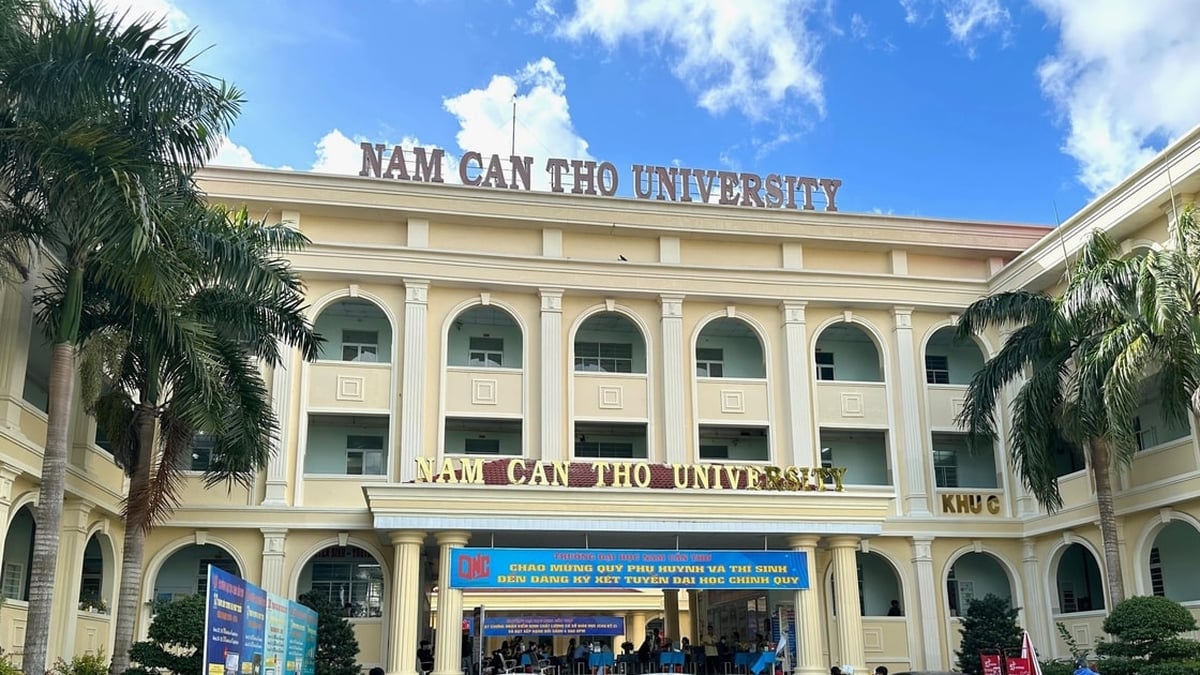
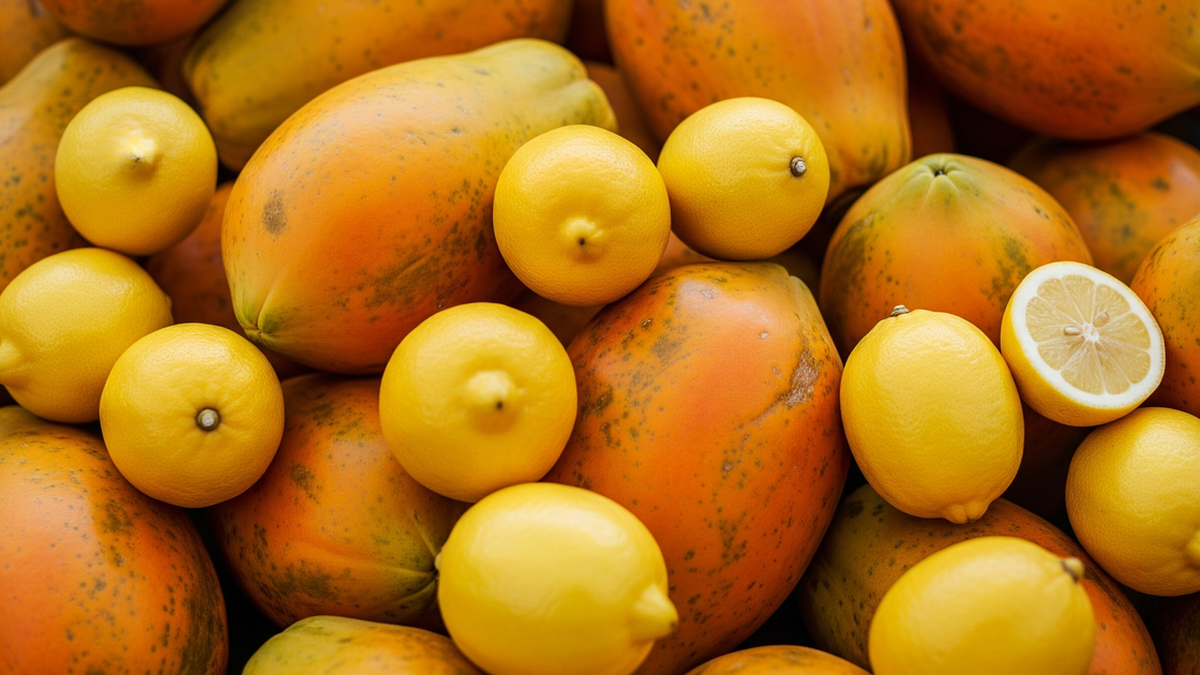
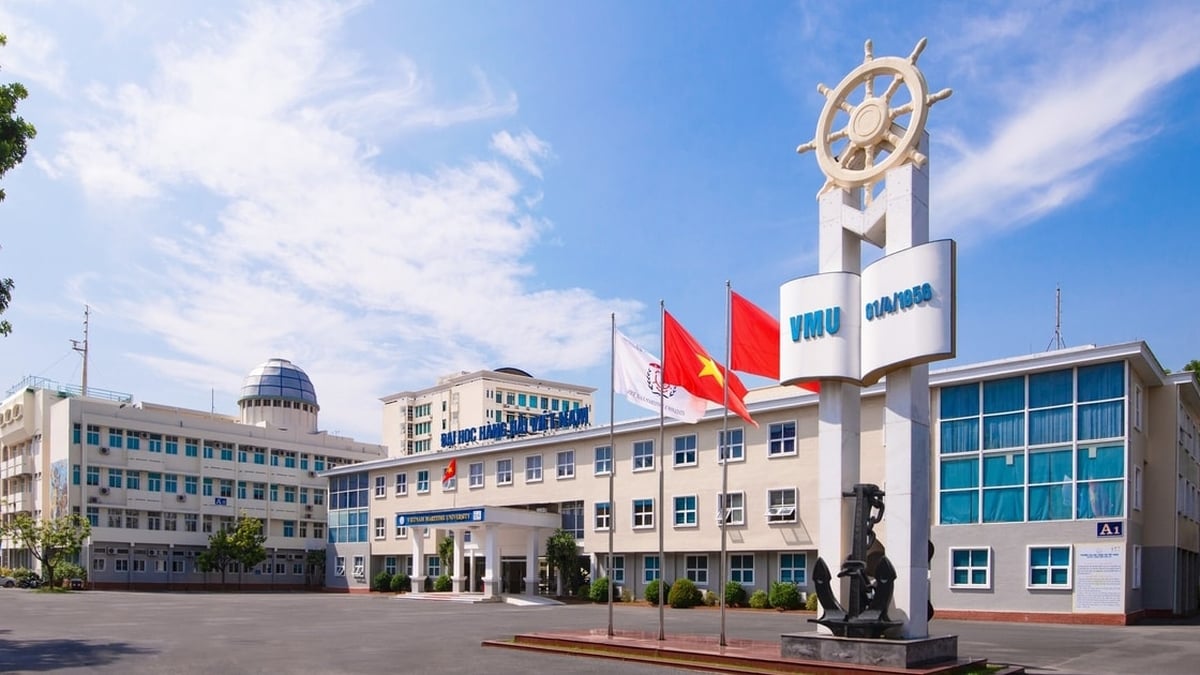
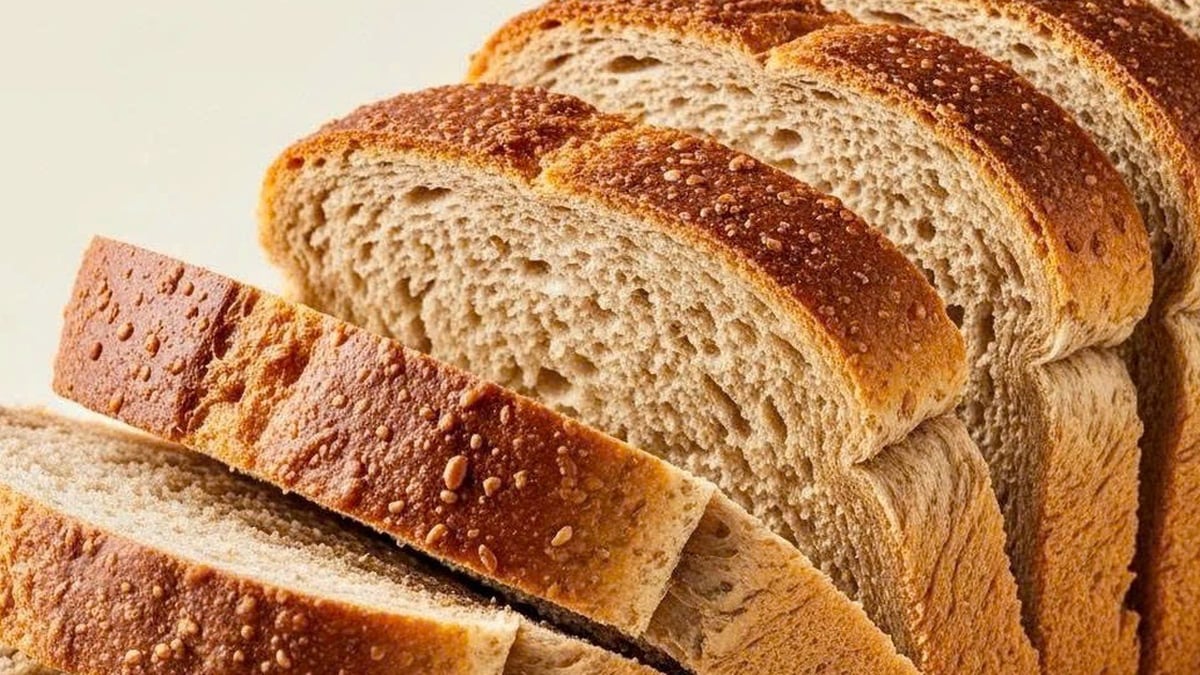

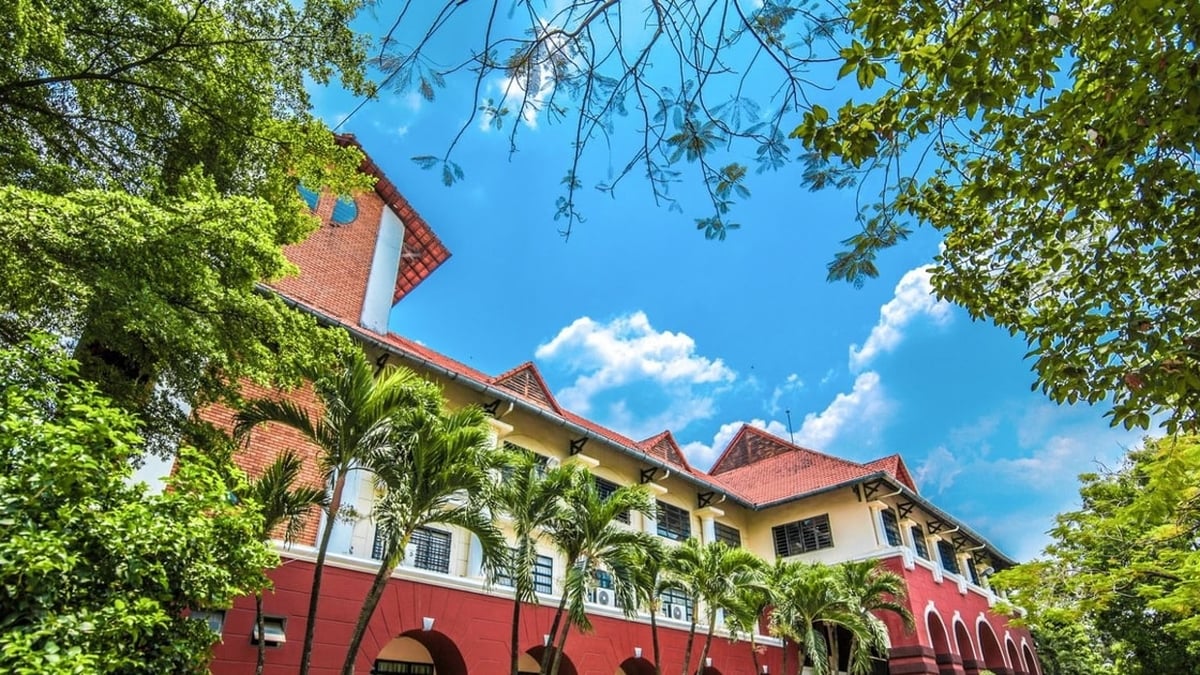
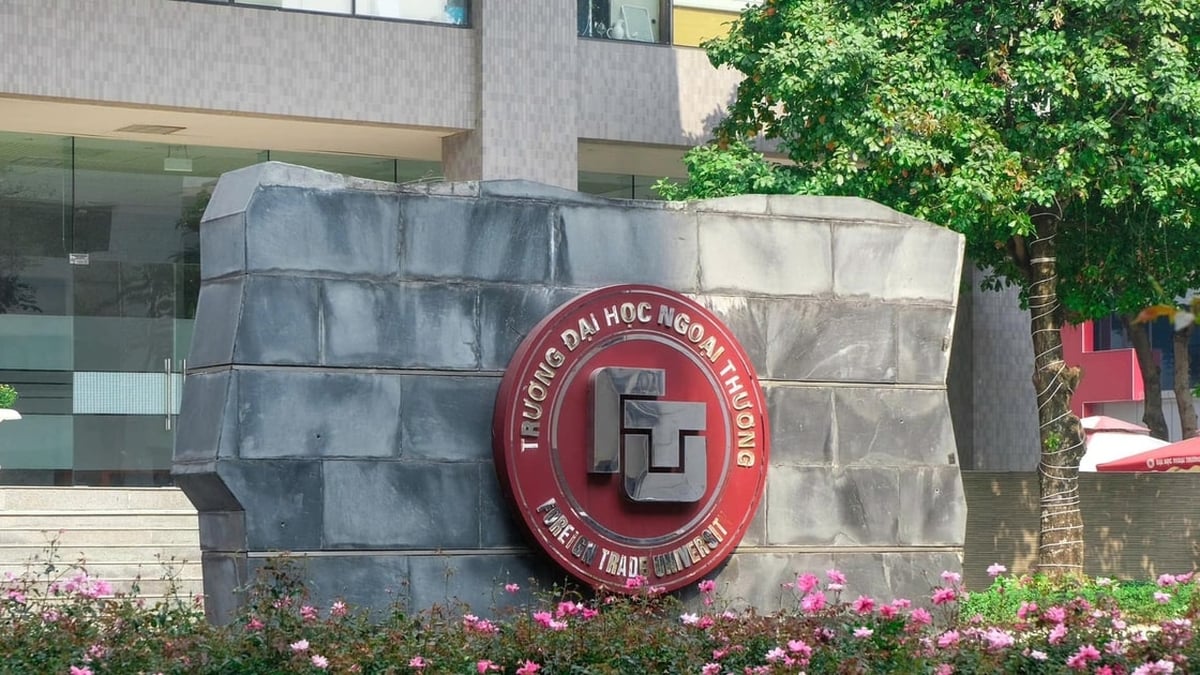
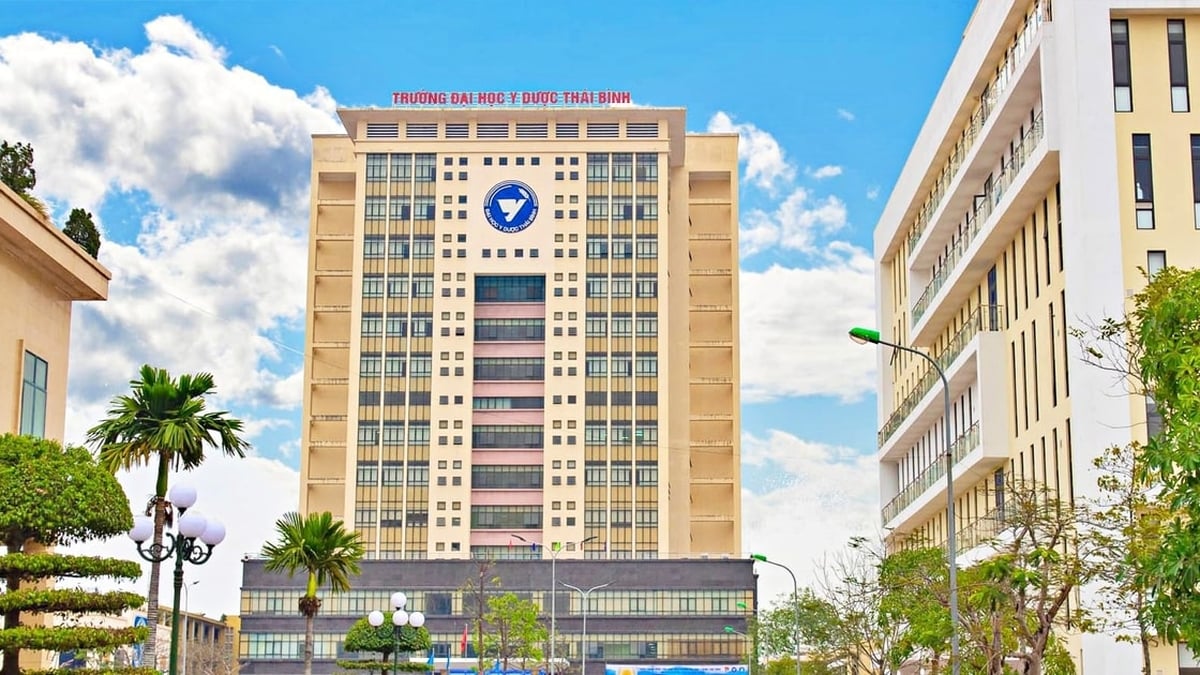
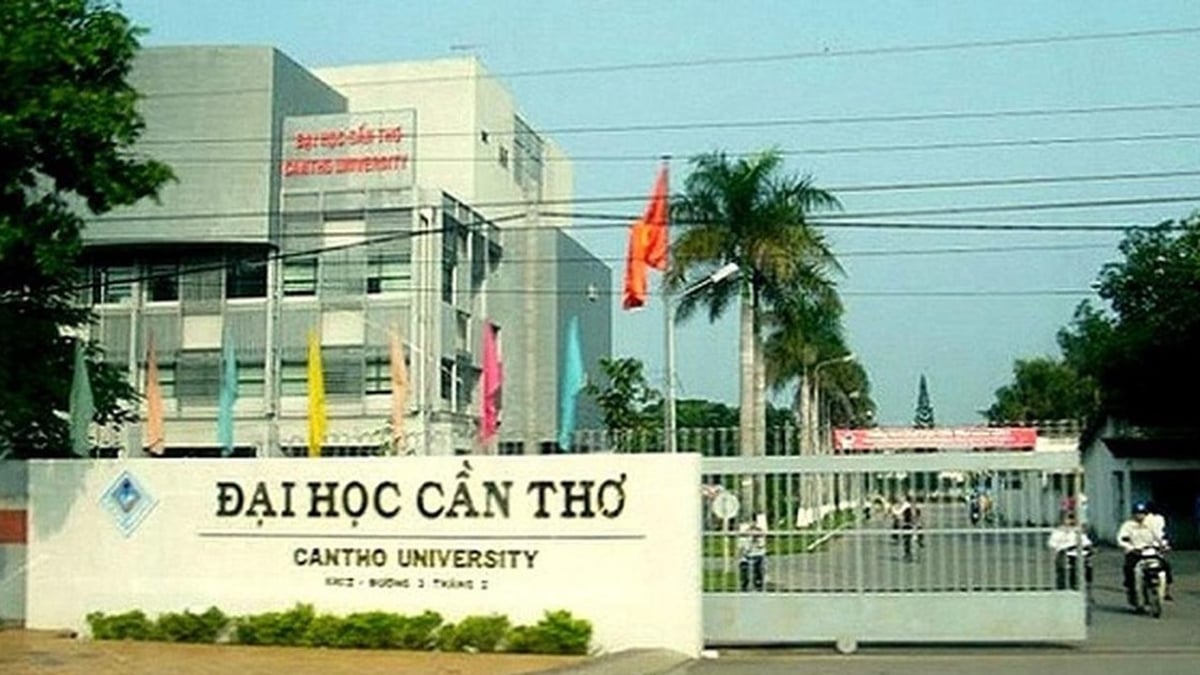
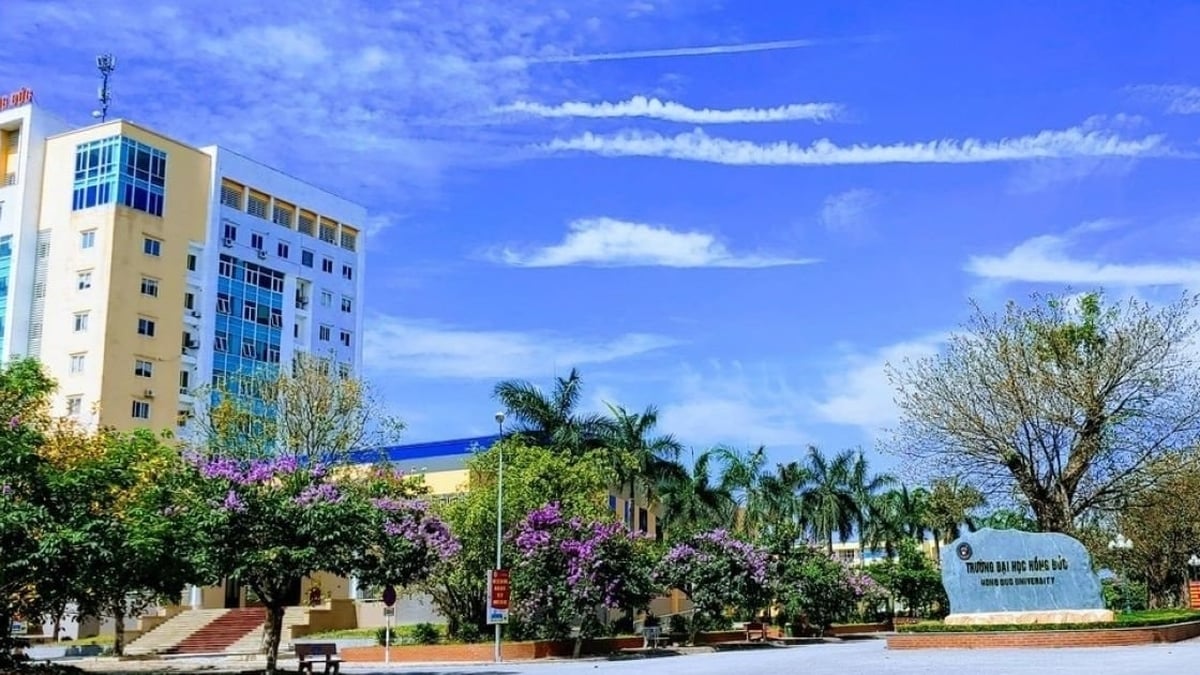





















































































Comment (0)